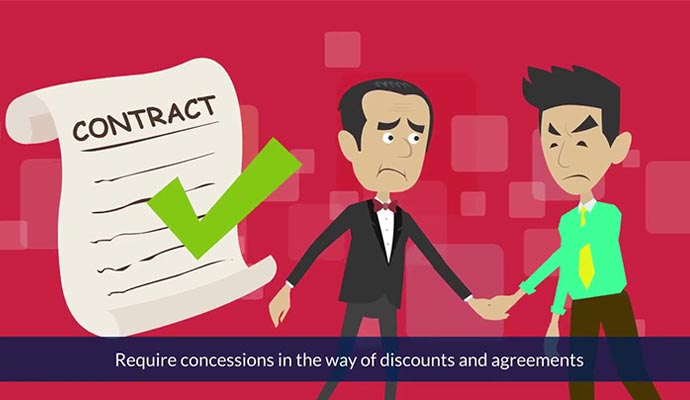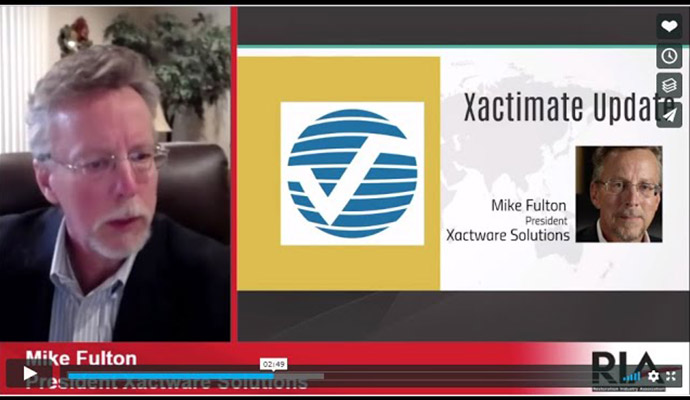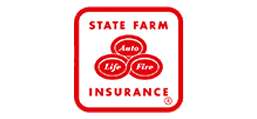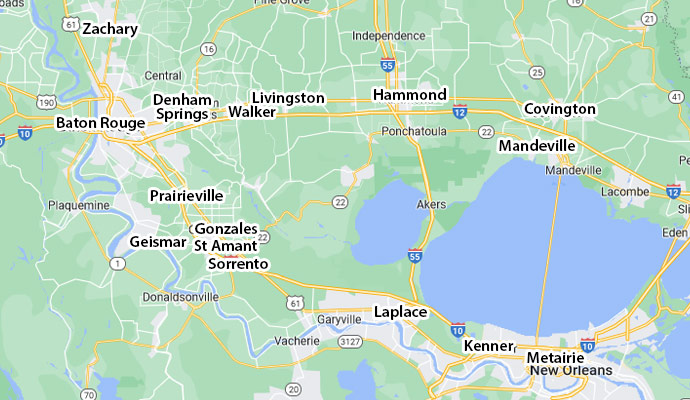Tips From New Orlean’s Water Damage Cleanup Experts
Contrary to popular belief, a 100-year flood zone does not mean the property is likely to flood once every 100 years. Instead, a house that sits in a 100-year flood zone is considered to have a 1 percent risk of flooding in any given year.
The Great Mississippi Flood of 1927 should have been that mystical once in a hundred year event. So when Katrina hit, we all thought THAT would be the last big one in our lifetime. So why did Rita come just a month later? And then we’ve had Gustav, Barry, and Ida… The theme here is that we can not plan the next flood, all we can do is take lessons from what’s happened before.
New Orleans is more vulnerable to storm surges than most cities because of our location. Not only are we low in relation to sea level, the city lacks protective wetlands and barrier islands. But all over the country, there has been a dramatic increase in the number of properties at risk using FEMA flood maps. They are trying to assimilate more data concerning the effects of river flooding, plus the present and future effects of sea-level rise and resulting from climate change.
A study recently found that New Orleans ranked worst in the nation, with 98% of its properties at risk both today and in 2050. Most of Louisiana’s increase is from rising sea levels, higher storm surges, and increased rainfall caused floods.
Water Damage Cleanup In New Orleans

Not every home is in a high-risk flood zone. However, any home can experience a flood. According to the Federal Emergency Management Agency(FEMA), even if you live in an area with low or moderate flood risk and the established maps, you might still be at risk.
When Buying or Selling
Not all municipalities require home sellers to share the property’s flood history with potential buyers. A home inspection will reveal previous flooding (or leakage) problems and whether it has been adequately corrected.
Plus, a property’s flood risk can change over time due to factors such as development, says FloodSmart.gov. So, for example, a home that’s considered low or moderate risk of flooding today may be affected by nearby developments with a lot of roads, parking lots and construction.
How To Tell If A House Has Been Flooded Before?
Check out the landscape grading around the home’s foundation. Expect a slight downward grading away from the house. Sunken looking garden beds around the house are a red flag; they may have trapped water that seeped into the house.
Take a good look around the entire exterior foundation and look for stains or discoloration on the concrete, siding and walls. You may also be able to see staining damage on any interior wood floors or walls.
Tour the basement; look for any dark marks on the overhead joists that may indicate past flooding.
Add More Insurance Coverage
Learn more about decreasing your risk by purchasing an insurance plan specifically covering flood damage. According to ready.nola.gov/rain/, the average annual flood insurance premium in NOLA is only $650. This website can also help you get an elevation certificate for your property.
When You’ve Had Water Damage in New Orleans
Homes that took the brunt of a hurricane’s winds or were caught in fast-moving floodwater are likely to need some professional water damage cleanup help. Whether your New Orlean’s home has suffered due to a hurricane or a broken pipe, United Fire & Water is standing by to provide immediate water damage cleanup service.
Extra
To begin to understand a home’s flood risk, take a look at the area’s flood maps, according to FloodSmart.gov. These maps show a community’s flood zones (which describe the land flood risk level), floodplain boundaries and base flood elevation (which predicts how high flood water may rise). Each of those are factored into a property’s risk of flooding. You can locate your local flood map online through the FEMA Map Service Center or check with your local government office, courthouse or library.
In addition, you may want to ask community officials whether a flood risk project is underway. A flood risk project is an effort between FEMA and other local/state/federal partners to identify an area’s risk of flooding and take steps to help reduce that risk and save you water damage cleanup costs in the long run.
















